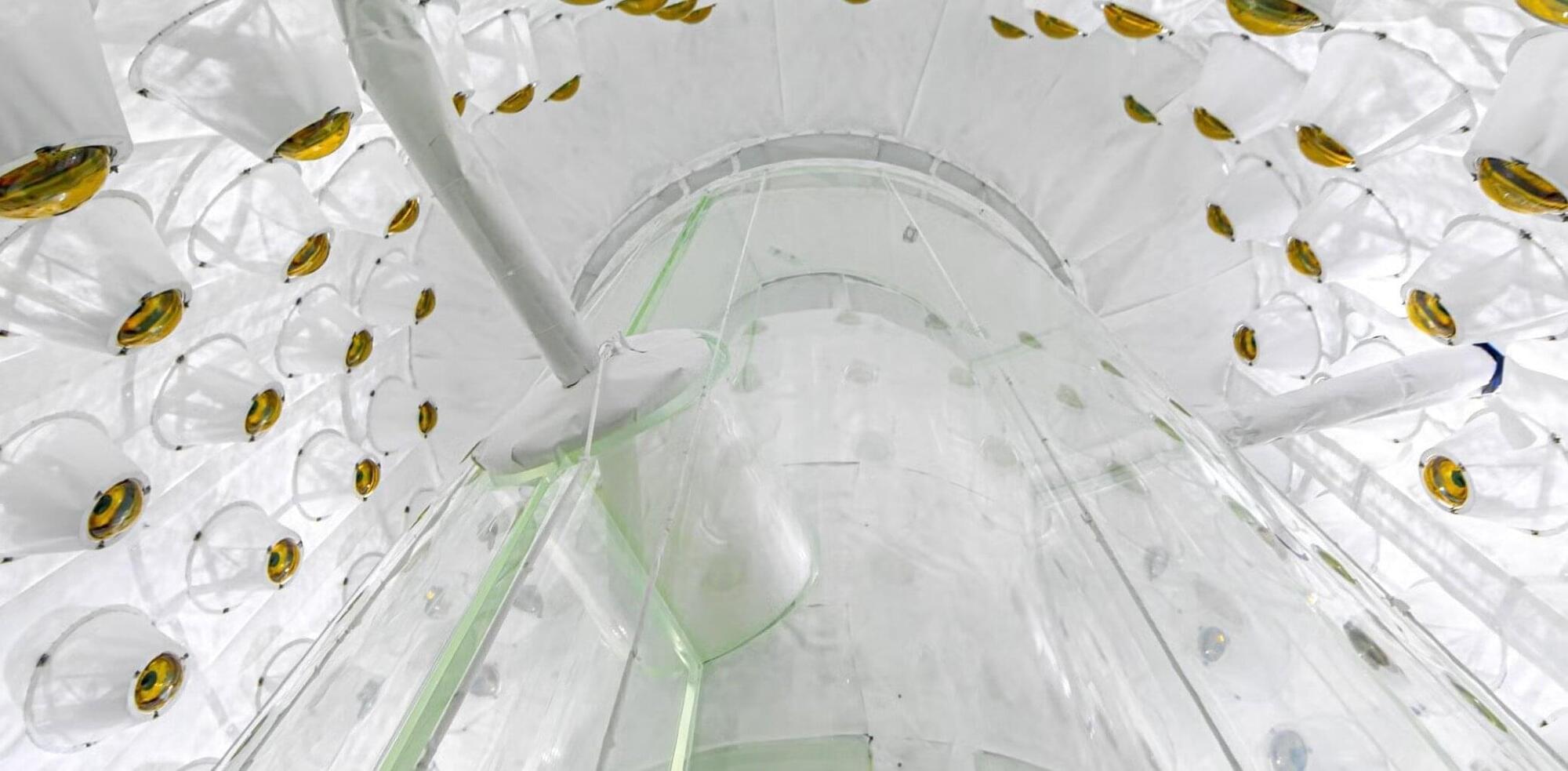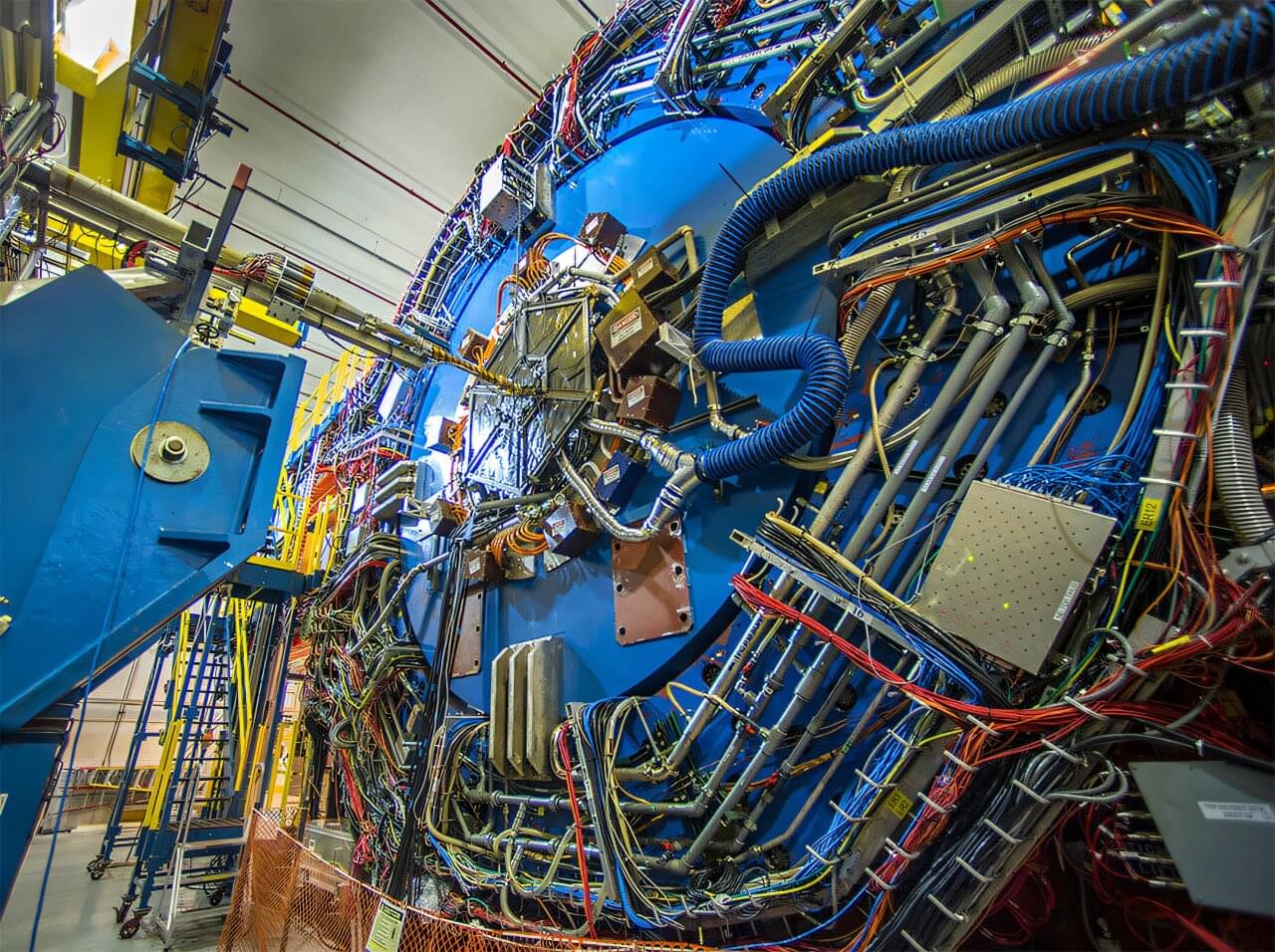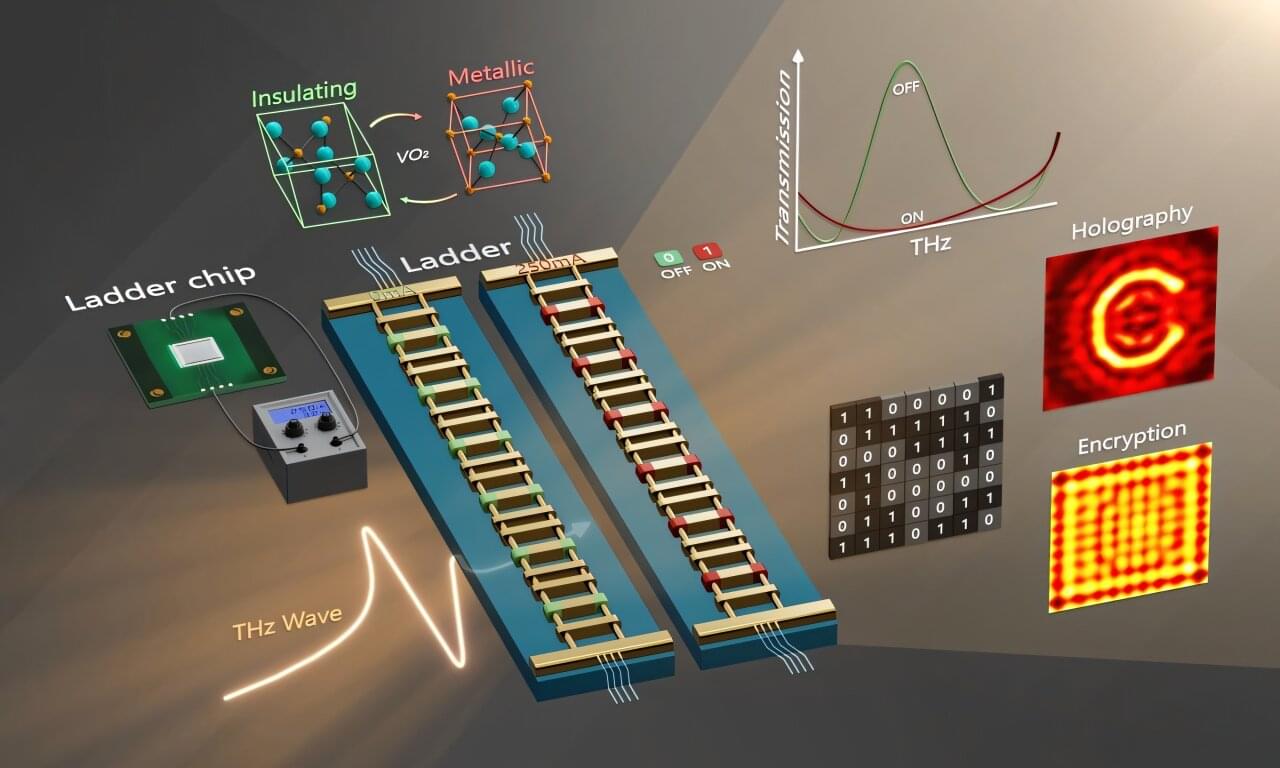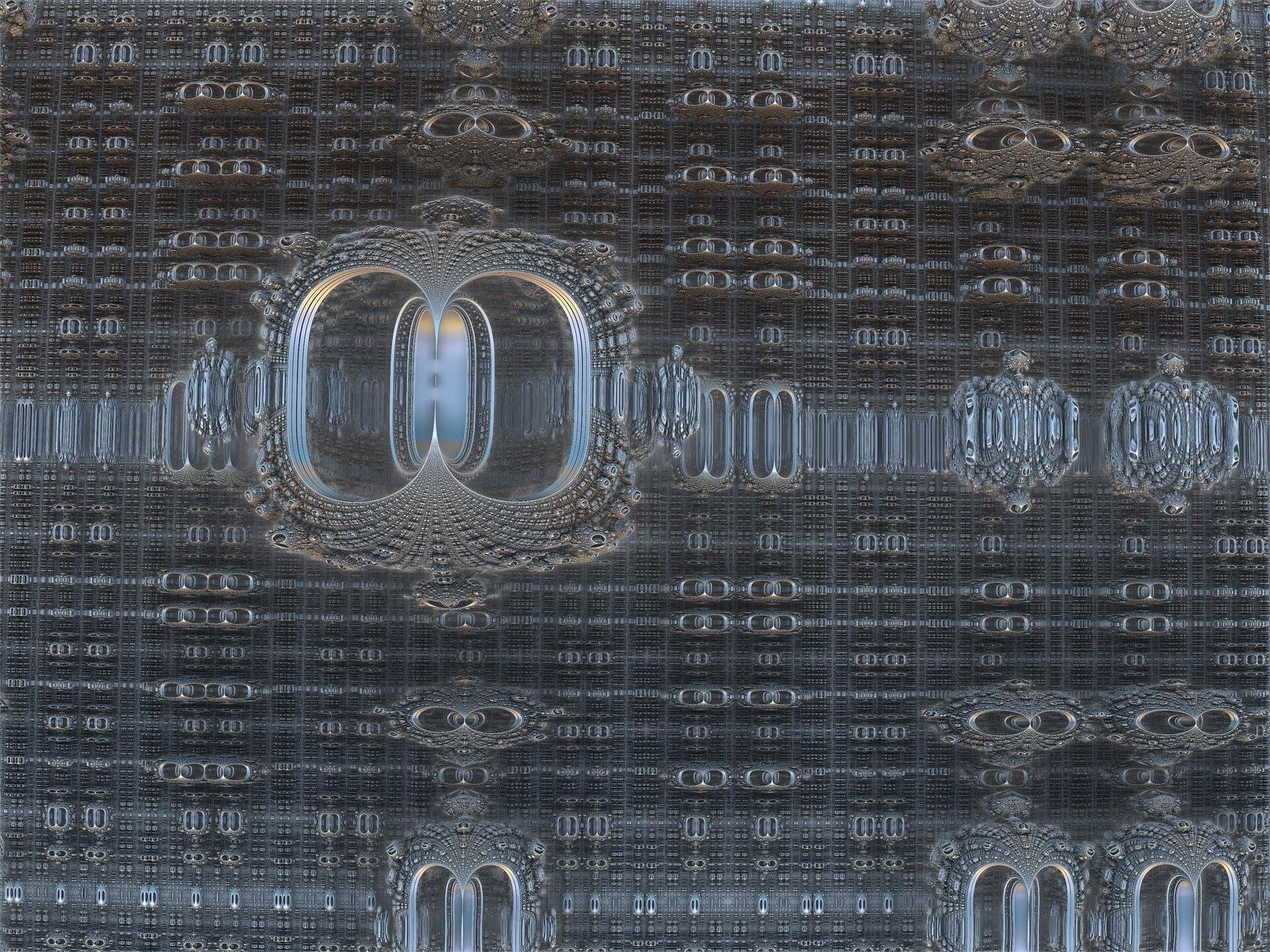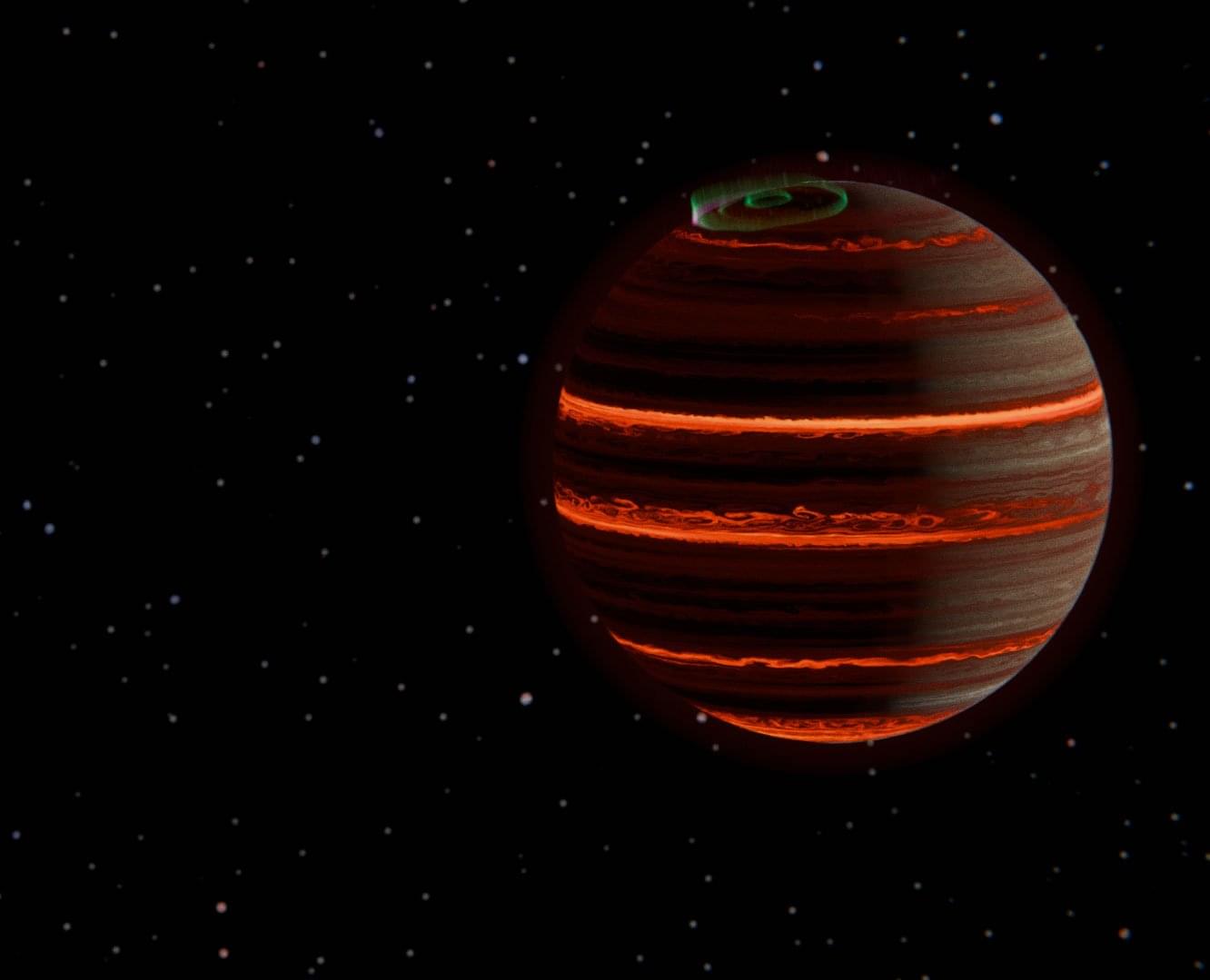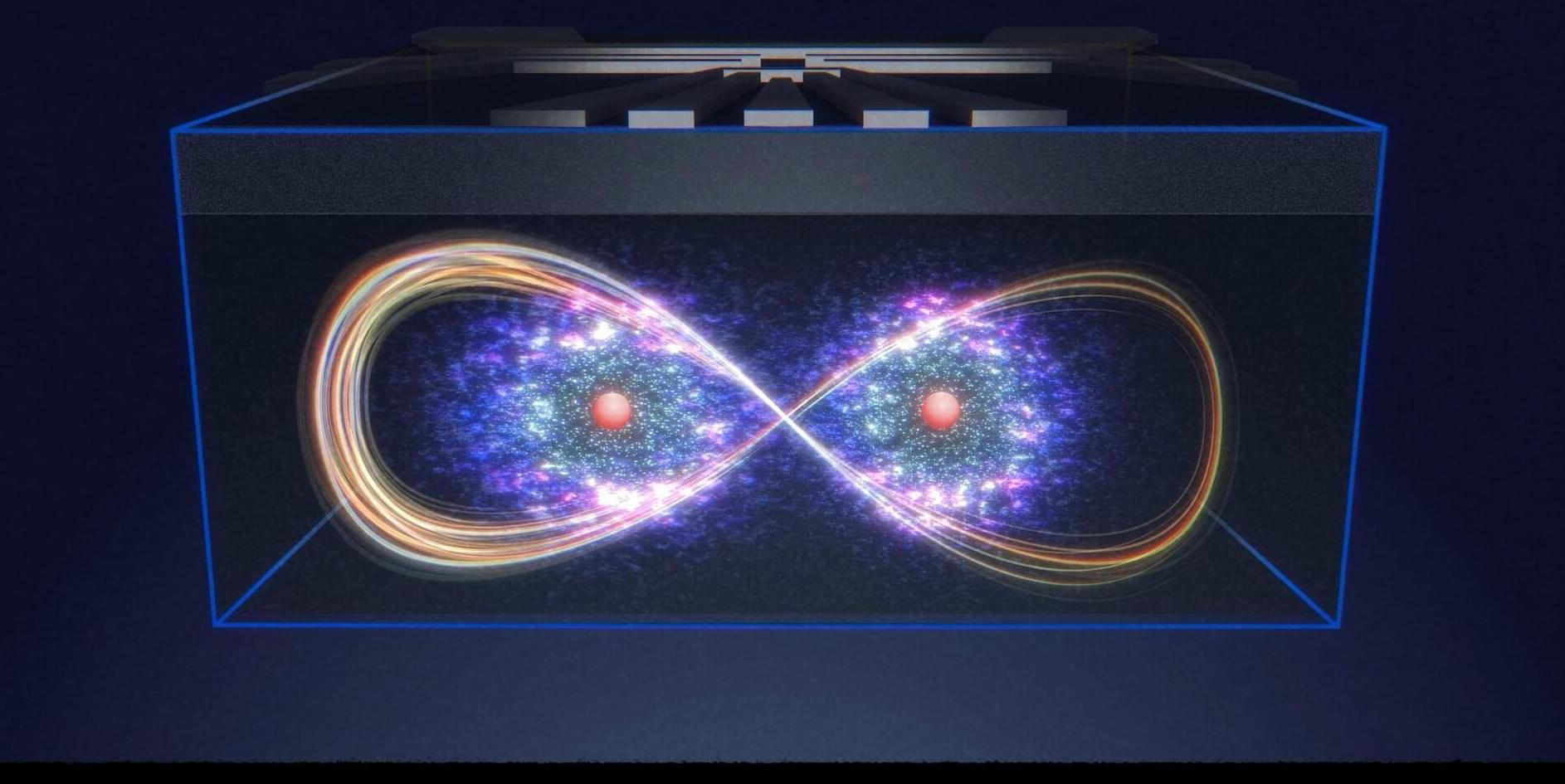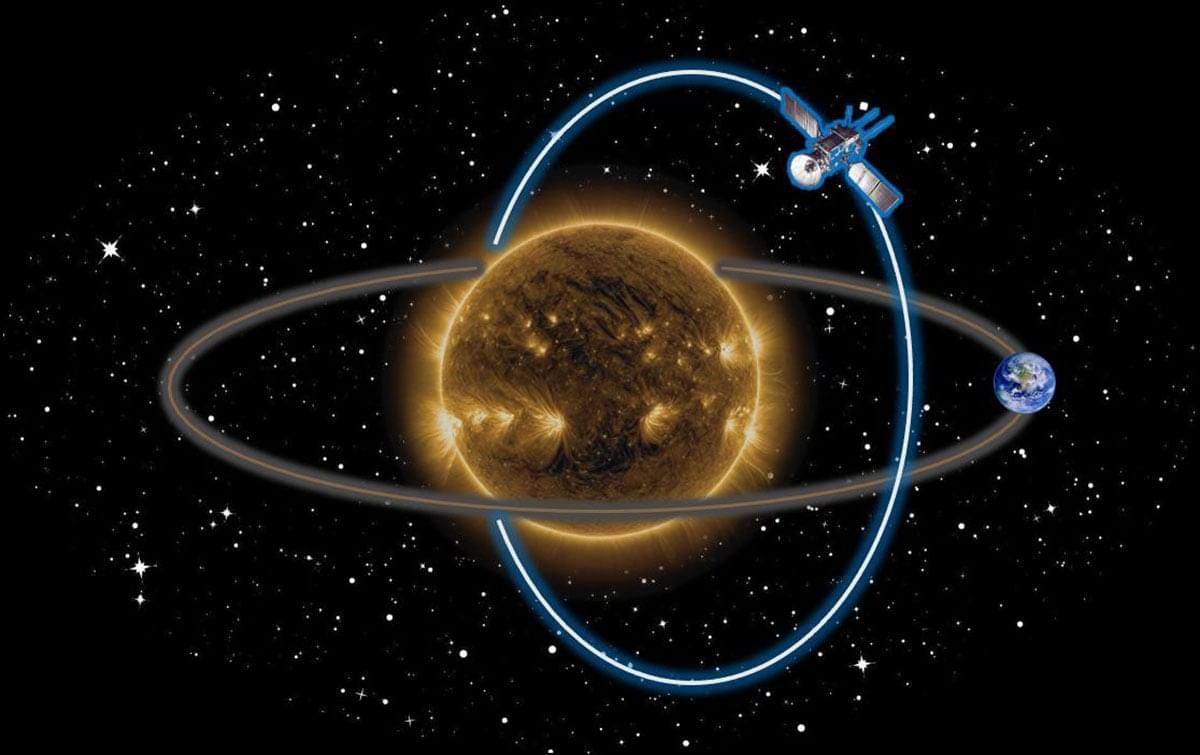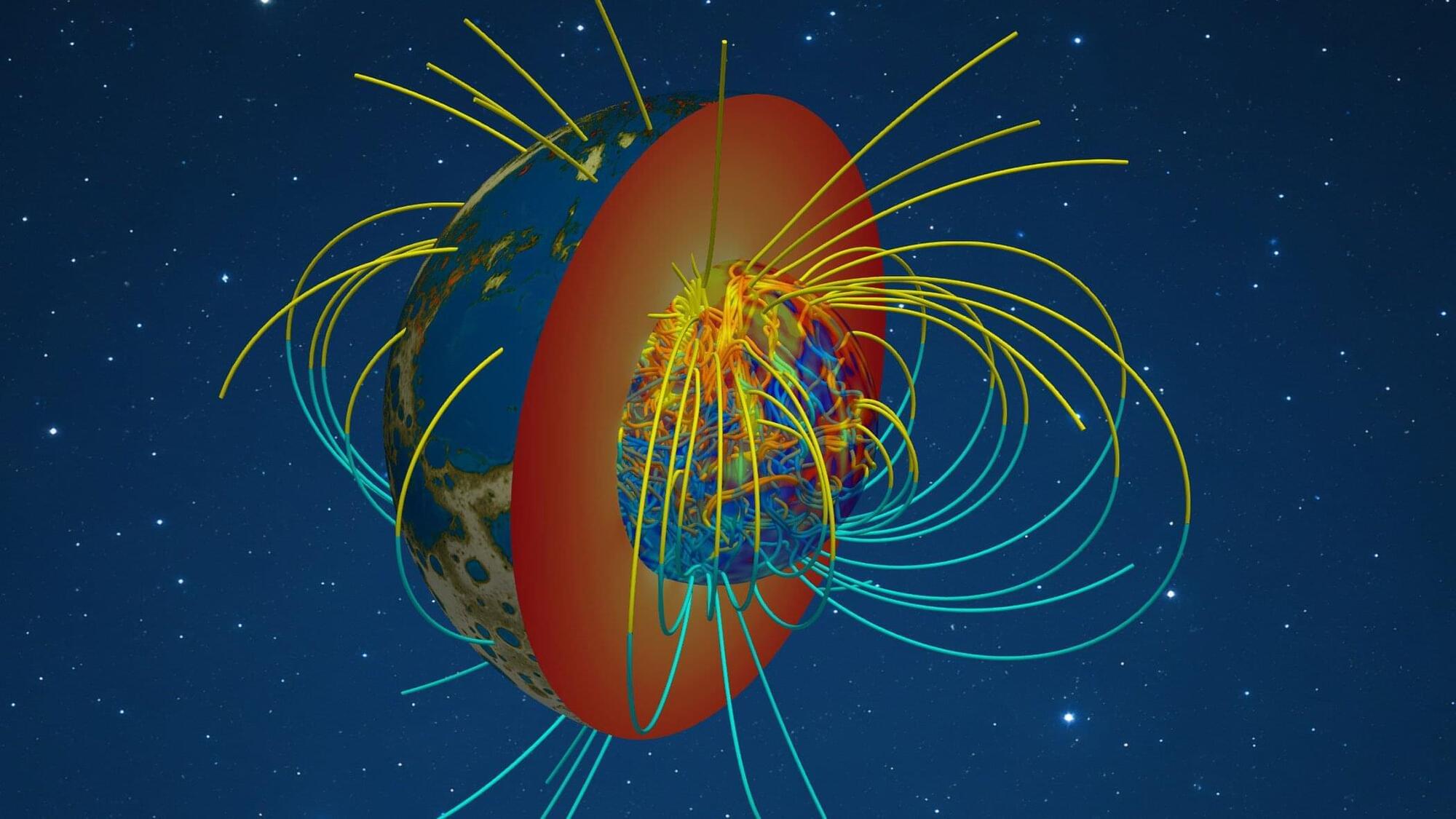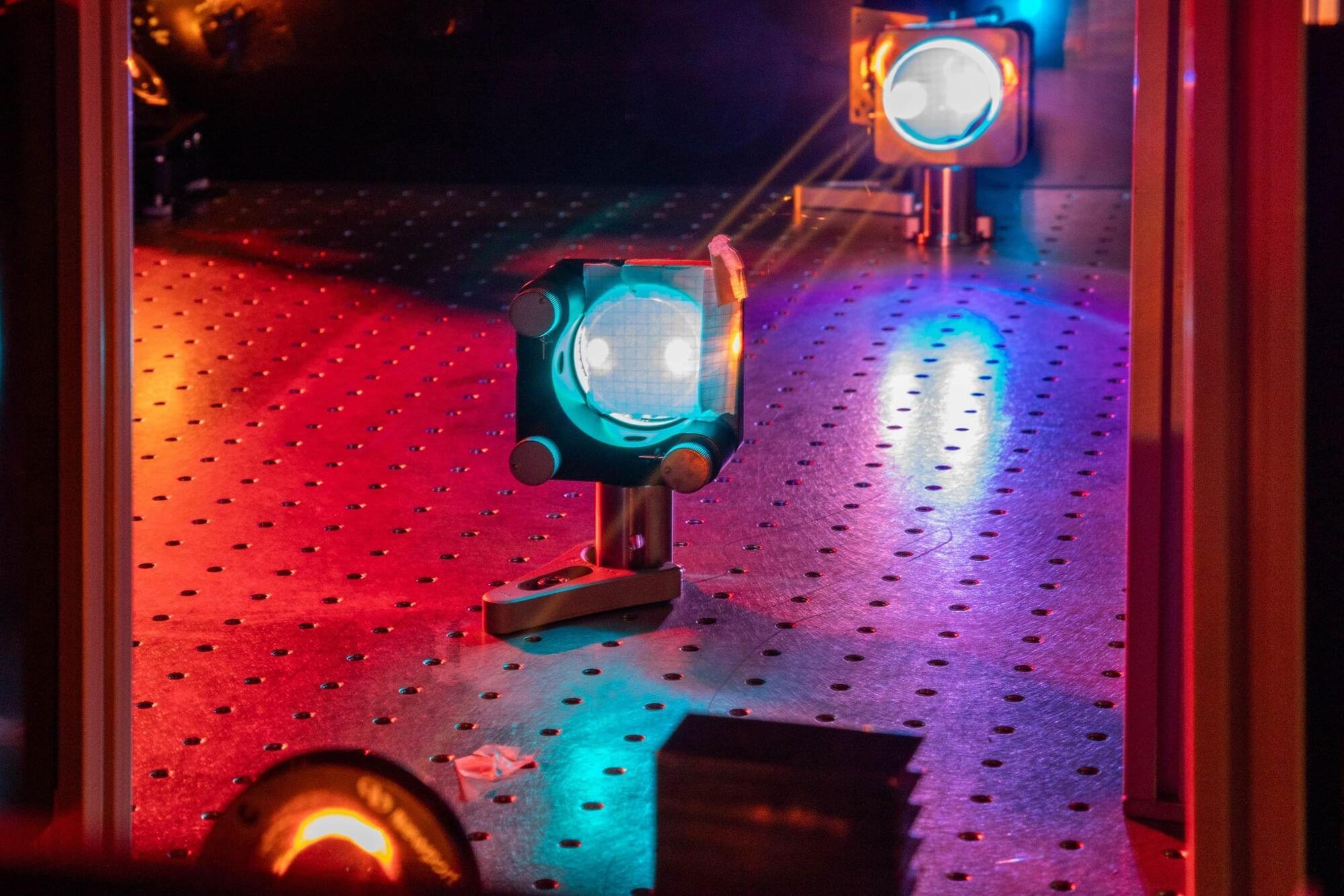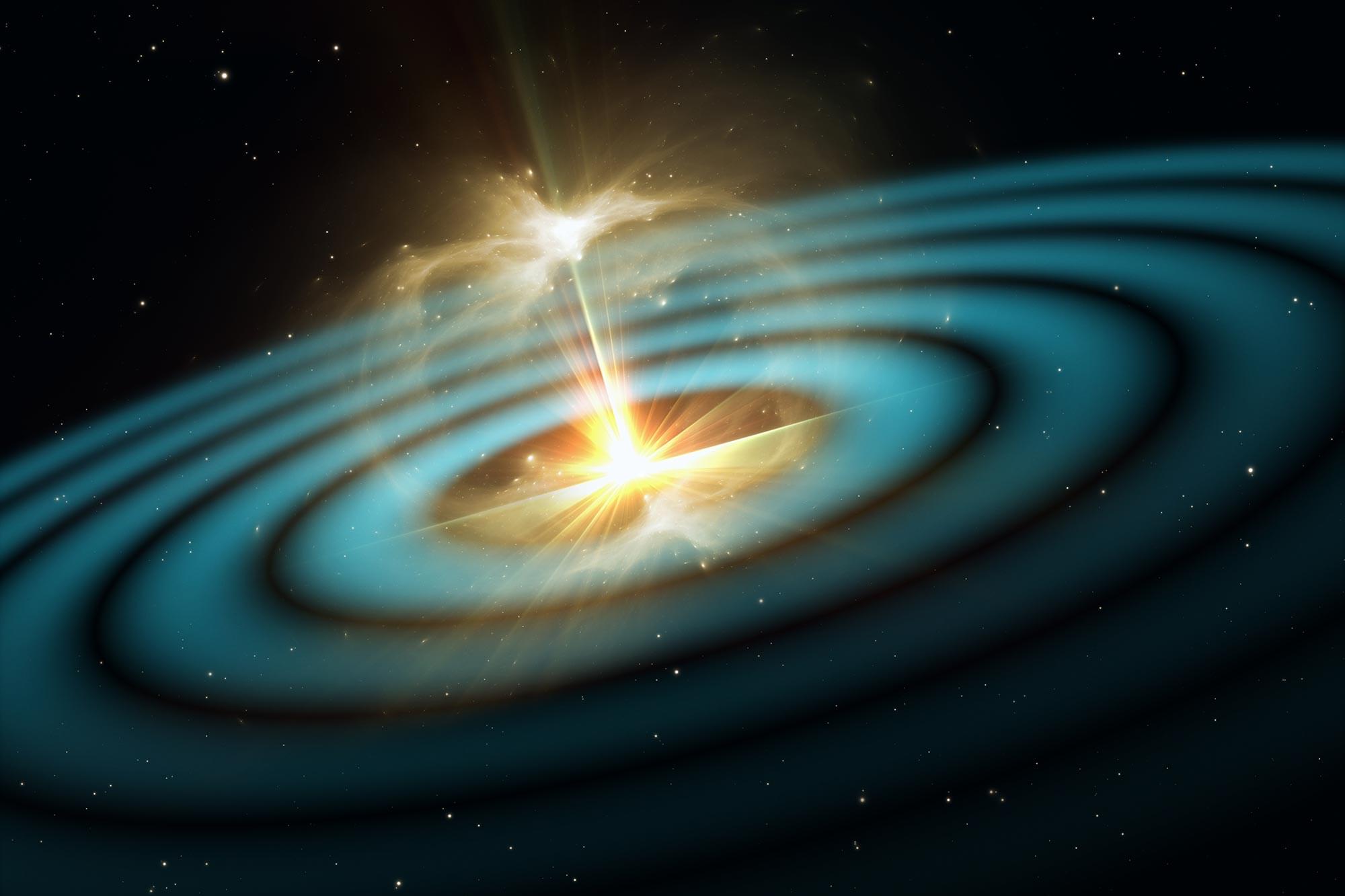The terahertz (THz) band of the electromagnetic spectrum holds immense promise for next-generation technologies, including high-speed wireless communication, advanced encryption, and medical imaging. However, manipulating THz waves has long been a technical challenge, since these frequencies interact weakly with most natural materials.
Over the past two decades, researchers have increasingly turned to metasurfaces to tackle this problem. These are ultrathin materials carefully engineered to exhibit specialized properties, providing unprecedented control over THz waves.
Ideally, metasurfaces for THz applications in encryption and holography should be easily configurable, featuring an adjustable response that can be controlled externally. Despite this, tunable metasurface systems often rely on cumbersome or energy-inefficient methods, such as external thermal control.
